Hialeah Water Quality at a Glance
serious concerns
Is Hialeah Water Safe to Drink?
Generally Yes, But With Serious Caution – Hialeah’s water meets federal standards but faces significant contamination concerns that exceed health guidelines. PFAS levels are 2.5x above EPA limits, with PFOS at 10.1 ppt and multiple PFAS chemicals detected. Additional major concerns include extremely high disinfection byproducts (HAA9 at 624x health guidelines), chromium-6 at cancer-risk levels, and radium contamination.
⚠️ Key Concerns for Hialeah Residents
- PFAS “Forever Chemicals”: PFOS at 10.1 ppt (2.5x EPA limit), PFHxS at 1.12 ppt, PFOA at 1.56 ppt – multiple PFAS exceed health guidelines
- Disinfection Byproducts: HAA9 at 624x health guidelines, chloroform at 23x, creating severe cancer risk concerns
- Chromium-6: 66 ppt detected – 3.3x above cancer risk level, unregulated carcinogen from industrial pollution
- Radium Contamination: Combined radium at 8x health guidelines – radioactive element causing bone cancer
Read the full report below for detailed analysis, specific contaminant data, and actionable recommendations for Hialeah residents.
Hialeah – Florida – Water Quality Report 2025: PFAS Testing, Infrastructure Concerns & Safety across your city
The City of Hialeah Department of Public Works provides comprehensive water services to over 230,000 residents across a 23 square-mile area in Miami-Dade County, including portions of unincorporated areas. Established as a municipal utility with emergency interconnects to Hialeah Gardens and Miami-Dade County, the system purchases most of its water from Miami-Dade County while operating its own Reverse Osmosis Water Treatment Plant that delivers 7.5 million gallons daily to northwestern Hialeah residents.
Hialeah sources its drinking water primarily from the Biscayne Aquifer, a reliable underground geological formation that has supplied freshwater since the early 1920s. The southeastern area receives water from the John E. Preston Water Treatment Plant owned by Miami-Dade County, while the City of Hialeah-owned Reverse Osmosis Water Treatment Plant draws from the deeper Floridan Aquifer for consistently high-quality source water. Residents consume approximately 24 million gallons of water daily, with the utility maintaining compliance with all federal and state quality standards while investing in capital improvements and water conservation initiatives.

Hialeah Water Quality: Current Status (2024-2025)
Latest Testing Results
- EPA Compliance Status: For the latest quarter assessed by the U.S. EPA (April 2024 – June 2024), Hialeah’s tap water was in compliance with federal health-based drinking water standards, though multiple contaminants exceed health guidelines established by environmental and health authorities.
- PFAS Detection: Hialeah has been identified as a PFAS hotspot in South Florida with PFOS detected at 10.1 ppt (2.5x the EPA limit of 4 ppt), PFHxS at 1.12 ppt, and PFOA at 1.56 ppt, requiring ongoing monitoring and potential treatment upgrades.
- Lead and Copper Monitoring: Recent analysis shows a 90th percentile lead concentration of 2.1 ppb, well below the federal action level of 15 ppb, with comprehensive monitoring of 124 sample locations throughout the system.
- Comprehensive Testing: Miami-Dade County conducts extensive water quality testing to ensure the water surpasses federal, state, and local standards before distribution to Hialeah customers.
Water Sources
- Biscayne Aquifer: Primary source providing the majority of Hialeah’s water supply, with treatment at Miami-Dade County facilities including the Hialeah and John E. Preston Water Treatment Plants.
- Floridan Aquifer: Secondary source accessed through the City of Hialeah-owned Reverse Osmosis Water Treatment Plant, providing 7.5 million gallons per day to northwestern Hialeah.
- Groundwater Protection: Comprehensive aquifer management and source water protection measures to safeguard both primary and secondary water sources from contamination, though PFAS contamination has been detected in 63% of Florida’s spring vents that feed these aquifers.
Advanced Treatment Technology
- Reverse Osmosis Treatment: The Hialeah RO plant utilizes advanced membrane technology to remove contaminants and provide high-quality water, with chlorine disinfection for pathogen control.
- Multi-Barrier Approach: Miami-Dade County facilities employ comprehensive treatment processes including filtration, disinfection with chloramine, and rigorous quality monitoring, though current treatment is not optimized for PFAS removal.
- Quality Control: Continuous monitoring and testing throughout the treatment and distribution process to ensure water quality meets or exceeds all applicable standards, with additional PFAS monitoring required under new EPA regulations.
Infrastructure Modernization
- Distribution System: Extensive network serving over 230,000 residents with reliable water delivery and emergency interconnections for system redundancy.
- Wastewater Management: Comprehensive collection system with 101 lift stations, approximately 338 miles of gravity sewer lines, and over 6,900 manholes for proper wastewater management.
- Capital Improvements: Ongoing investment in infrastructure modernization and upgrades to ensure compliance with regulatory requirements and maintain high-quality services, with potential future investments in PFAS treatment technology as EPA regulations are implemented.
Customer Protection Initiatives
Hialeah Water provides comprehensive customer support through its Department of Public Works, offering 24-hour emergency response for water and sewer issues. The utility maintains transparent communication through annual water quality reports available in both English and Spanish, and provides online bill payment services and account management. Miami-Dade County’s Water Wisely program offers conservation tips and rebates for water-efficient fixtures, while the Low Income Household Water Assistance Program (LIHWAP) provides financial assistance for qualifying customers. The system’s commitment to water quality includes ongoing monitoring, infrastructure improvements, and customer education to ensure safe, reliable water service for all residents, with enhanced focus on emerging contaminants like PFAS.
Recommendations for Hialeah Residents

Monitor Water Quality
Contact Hialeah City Hall at (305) 883-5800 for general inquiries or visit hialeahfl.gov for annual water quality reports. For water billing questions, call (305) 883-5850. Consider home water testing if you have concerns about PFAS or other specific contaminants, especially given detected levels above health guidelines.
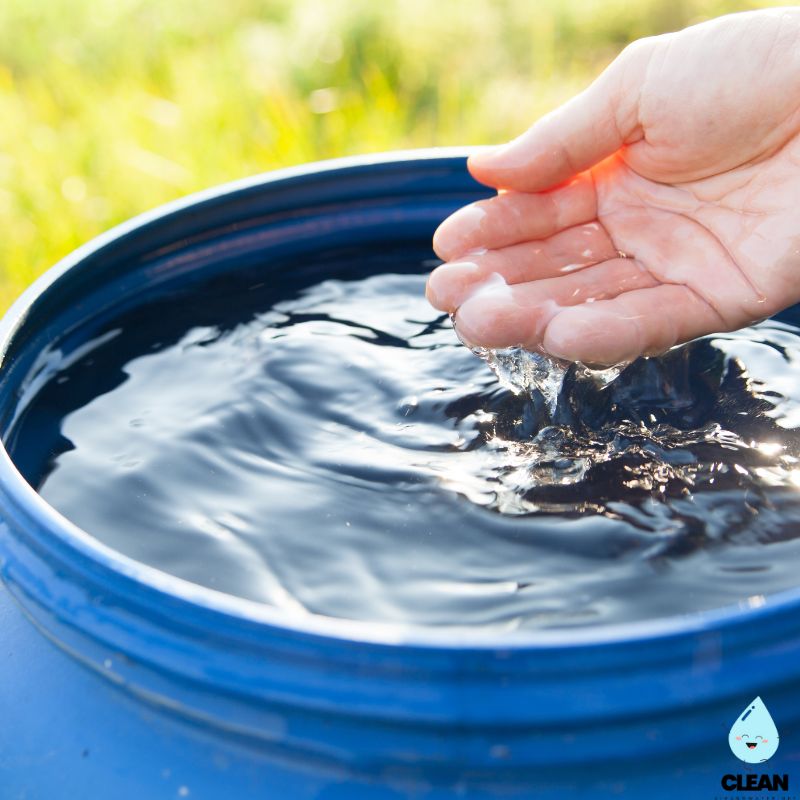
Practice Water Conservation
Follow Miami-Dade County’s water conservation guidelines: no lawn watering between 10 a.m. and 4 p.m. daily. Take advantage of rebates on high-efficiency toilets, faucets, and showerheads through the Water Wisely program.

Consider Home Filtration
Given detected PFAS levels above EPA limits and elevated disinfection byproducts, Hialeah residents should strongly consider NSF-certified filters designed to remove PFAS, chloramine, chromium-6, and disinfection byproducts, especially for drinking and cooking water.
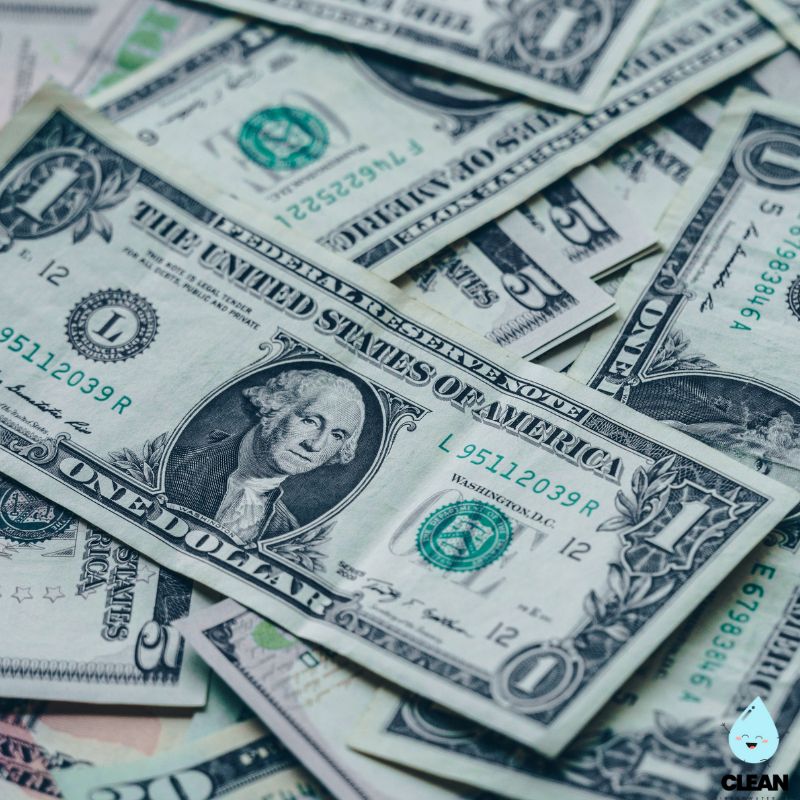
Access Financial Assistance
Qualify for the Low Income Household Water Assistance Program (LIHWAP) through Miami-Dade Water and Sewer Department. Contact 305-274-9272 for information about bill assistance and payment plans.
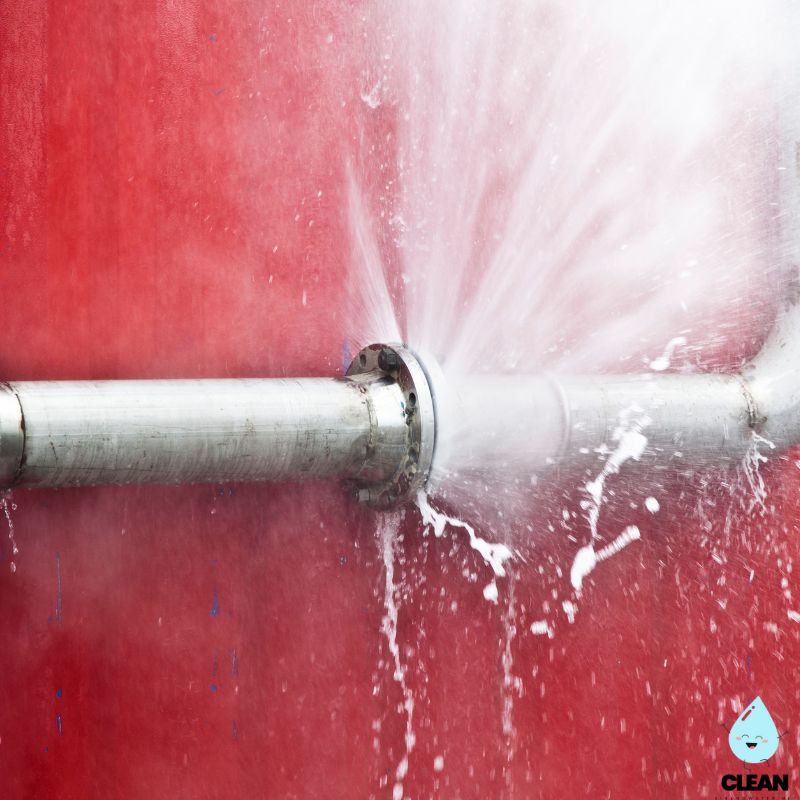
Report Emergencies
Call Miami-Dade Water and Sewer’s 24-hour emergency line at 305-274-9272 for broken pipes, water main breaks, or sewer backups. For Hialeah-specific water emergencies, contact Hialeah City Hall at (305) 883-5800.
Quality News About Your Water
Get the comprehensive water quality news coverage you need with our dedicated US Water News Service. From coast to coast, we deliver in-depth reporting and expert analysis on PFAS contamination, EPA regulatory changes, infrastructure developments, and emerging water safety issues affecting communities nationwide. While mainstream media only covers the biggest stories, we provide the detailed, ongoing coverage that helps you understand the full scope of America’s water challenges. Whether you’re a concerned citizen, water professional, or community leader, our daily updates and analytical insights keep you informed about the issues that matter most to public health and environmental safety.
Frequently Asked Questions
Is Hialeah’s tap water safe to drink?
Hialeah’s tap water meets all federal and state drinking water standards and is legally safe to drink. However, the water contains several contaminants at levels that exceed health guidelines established by environmental and health authorities. PFAS levels are 2.5x above EPA limits, with PFOS at 10.1 ppt, and disinfection byproducts are detected at levels significantly above health guidelines.
Miami-Dade County maintains over 8,500 miles of water lines and conducts extensive testing to ensure water quality surpasses federal, state, and local standards. Recent EPA assessments confirm the water utility remains in compliance with all health-based drinking water standards, though many health advocates recommend additional precautions given the contaminant profile.
Why does my water sometimes taste or smell different?
Taste variations can occur due to several factors:
1. Disinfection method: Miami-Dade County water uses chloramine disinfection, which can cause a different taste compared to chlorine. This taste won’t fade if water is left in the refrigerator overnight
2. Source variation: Water from the Hialeah RO plant (chlorine disinfection) may taste different from Miami-Dade County water (chloramine disinfection)
3. Disinfection byproducts: High levels of chloroform (23x health guidelines) and other disinfection byproducts may contribute to taste and odor issues
4. Natural organic matter: Water from certain areas of the Biscayne Aquifer may contain natural organic material that can affect color and taste
If taste or odor issues persist, contact Hialeah City Hall at (305) 883-5800 for assistance. Running water for a few minutes after periods of non-use can sometimes help improve taste and odor.
Does Hialeah have lead in its water system?
Hialeah’s water system maintains compliance with federal lead and copper regulations:
• Testing results: Recent analysis shows a 90th percentile lead concentration of 2.1 ppb, well below the federal action level of 15 ppb
• Service lines: The distribution system primarily uses non-lead materials, with comprehensive monitoring throughout the service area
• Treatment measures: Water treatment includes corrosion control to prevent lead leaching from older plumbing components
• Home testing: Residents concerned about lead can contact water quality testing services, especially for homes built before 1986
While the EPA recognizes no safe level of lead, Hialeah’s levels remain well within compliance and the utility continues monitoring and treatment optimization.
Are there water restrictions in Hialeah?
Miami-Dade County maintains year-round water conservation measures:
Standard Conservation Rules:
• No lawn watering between 10 a.m. and 4 p.m. daily to minimize evaporation
• Efficient irrigation practices encouraged to reduce water waste
• Leak detection and repair programs to maintain system efficiency
Drought Response:
During severe drought conditions, additional restrictions may be implemented including:
• Further limitations on outdoor watering
• Restrictions on vehicle washing and pool filling
Current water use guidelines and any emergency restrictions are available through Miami-Dade County Water and Sewer Department at 305-274-9272 or miamidade.gov/water.
Contaminants of Concern
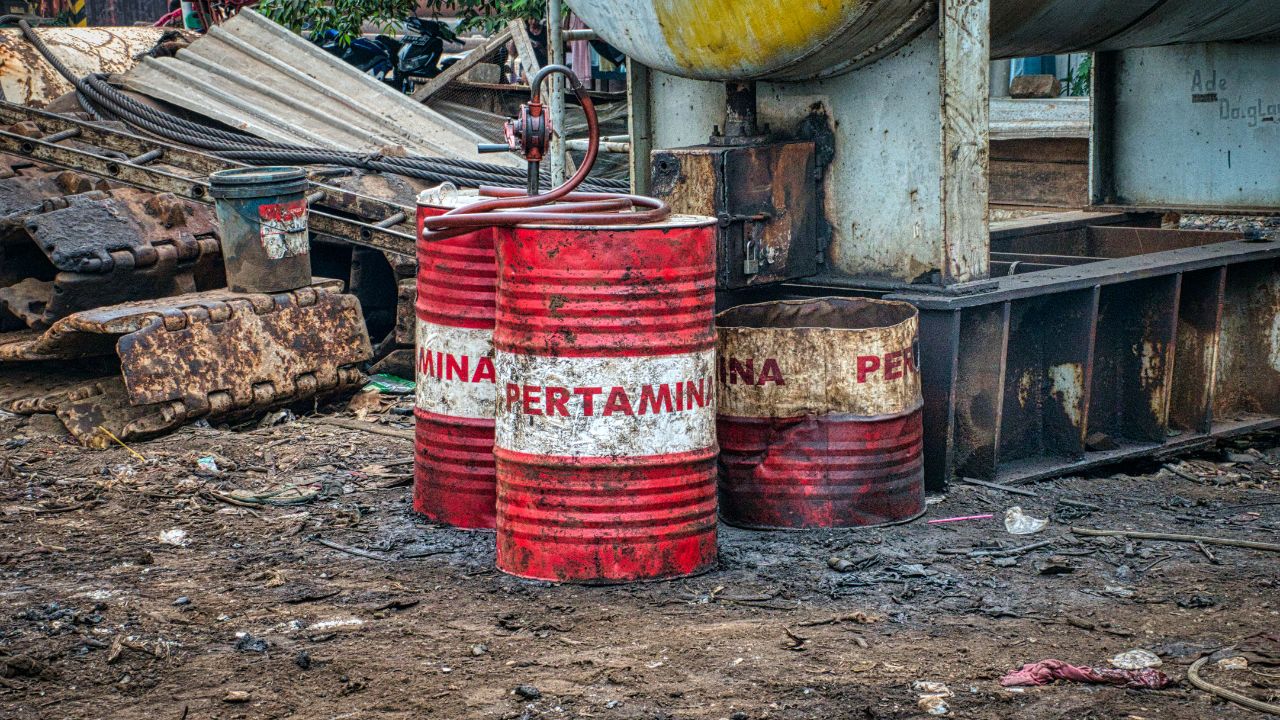
Disinfection Byproducts
Source: Formed when chlorine or chloramine disinfectants react with naturally occurring organic matter in source water; levels may vary seasonally based on source water conditions
Health Effects: Long-term exposure to elevated levels of trihalomethanes (TTHMs) and haloacetic acids may increase cancer risk and potentially affect pregnancy outcomes
Current Levels: Hialeah shows concerning levels including chloroform at 9.38 ppb (23x health guidelines), HAA9 at 37.4 ppb (624x health guidelines), and total trihalomethanes at 10.8 ppb (72x health guidelines) EPA Limits: 80 ppb for total trihalomethanes and 60 ppb for haloacetic acids

PFAS Compounds
Source: Per- and polyfluoroalkyl substances including PFOS, PFOA, PFHxS, and 6:2 Fluorotelomer Sulfonic Acid detected in Hialeah’s water testing, originating from industrial processes, firefighting foam, and consumer products
Health Effects: Research indicates potential impacts on immune system, liver function, cholesterol levels, cardiovascular harm, fetal growth impacts, and possible links to certain cancers and developmental effects
Current Status: Hialeah identified as PFAS hotspot with PFOS at 10.1 ppt (2.5x EPA limit), PFOA at 1.56 ppt, PFHxS at 1.12 ppt (1,120x health guidelines), and 6:2 FTSA at 12.5 ppt (13x health guidelines) EPA Action: New maximum contaminant levels of 4 ppt for PFOA/PFOS established in 2024
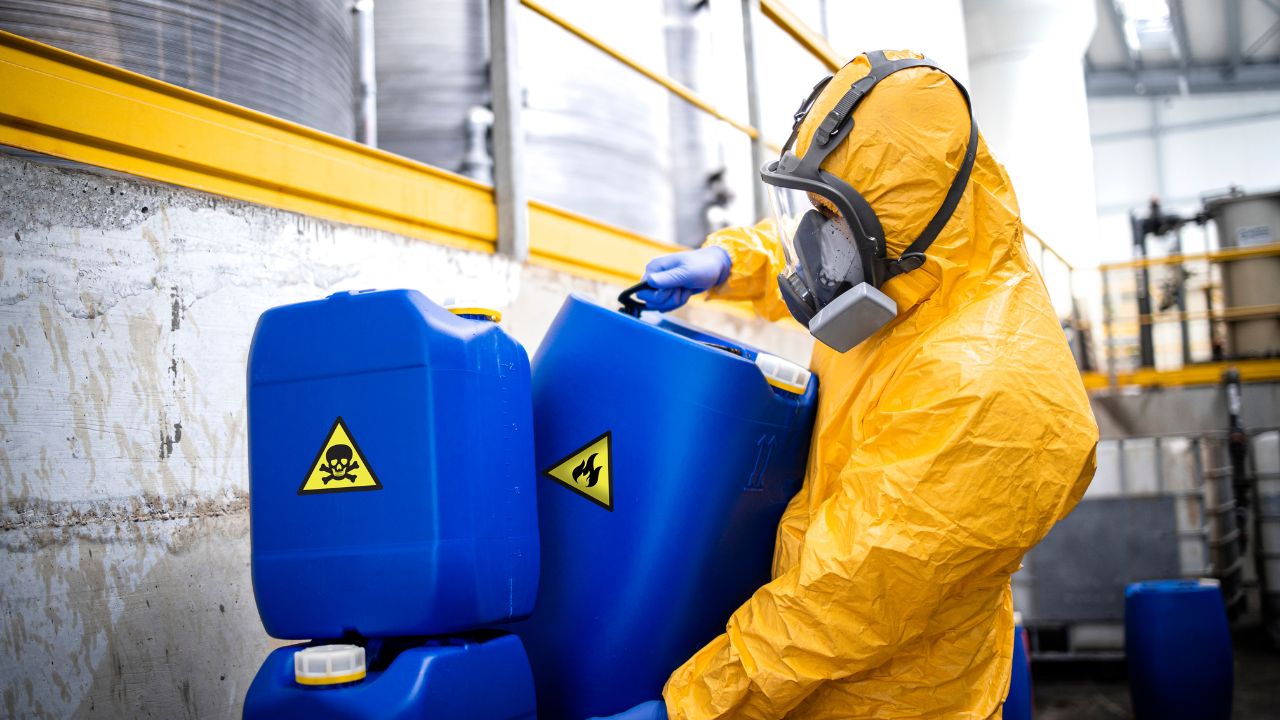
Heavy Metals & Radioactive Elements
Source: Chromium-6 from industrial pollution and natural deposits; radium from natural geological formations and mining activities; detected through comprehensive monitoring programs
Health Effects: Chromium-6 is a carcinogen linked to lung cancer and other health issues; radium is radioactive and causes bone cancer and other cancers with long-term exposure
Current Levels: Chromium-6 detected at 66 ppt (3.3x health guidelines); combined radium at 0.40 pCi/L (8x health guidelines) Regulatory Status: Chromium-6 unregulated by EPA; radium regulated at 5 pCi/L but health guidelines much lower
Please read – our information
The information presented on cleanairandwater.net is compiled from official water quality reports, trusted news sources, government websites, and public health resources. While we strive for accuracy and thoroughness in our presentations, we are not scientists, engineers, or qualified water quality professionals.
Our mission is to present water quality information in an accessible, real-world format that helps people understand what’s in their water and make informed decisions about their health and safety. We believe that complex environmental information should be available to everyone in a format that’s easy to understand.
We make every effort to ensure our content is current and accurate, but we cannot guarantee that all information is complete or error-free. This website should not replace official communications from your local water utility or health department. We always recommend consulting official sources for the most up-to-date information regarding your specific water system.
Clean Air and Water is not liable for any unintentional errors, omissions, or outdated information. The content on this site is provided for informational purposes only and should not be considered professional advice.


